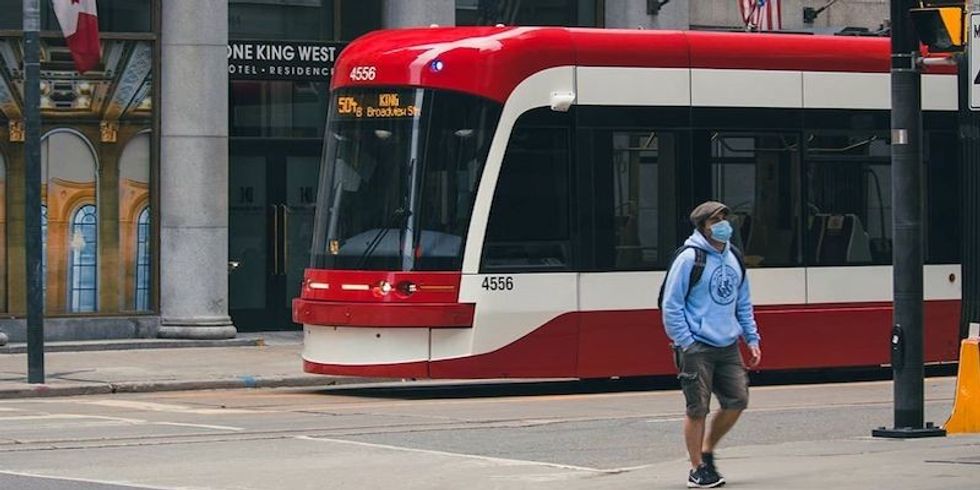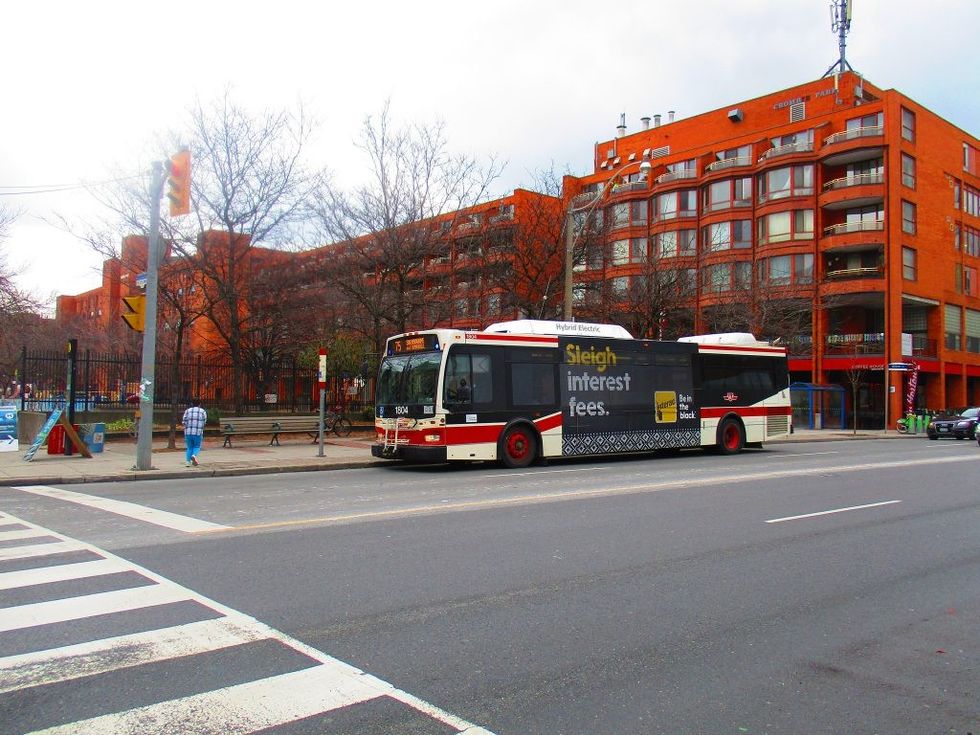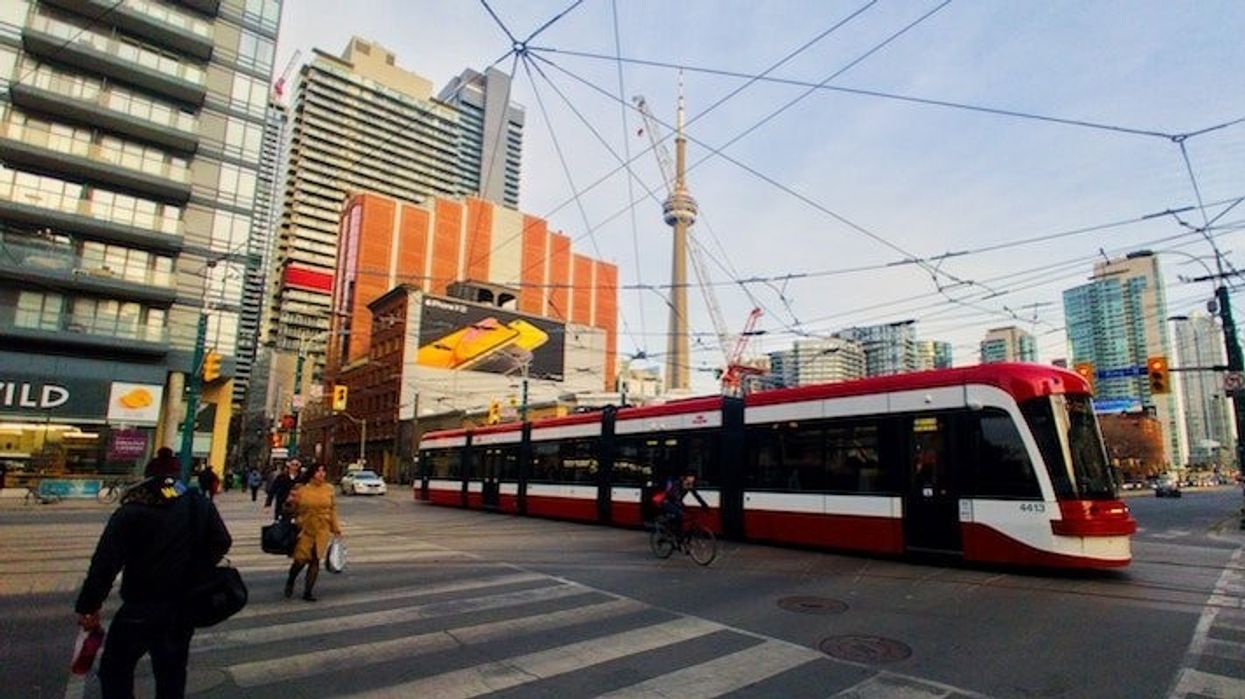As of today (July 2), you’ll start to notice some big changes on the TTC. Most notably, you won’t be allowed on if you’re not wearing a face covering.
Other COVID-19-inspired operational changes include all-door boarding and the return of fare boxes on TTC buses.
The changes come after a June 12 decision by the TTC Board to approve a recovery plan that included the enforcement of masks or face coverings on TTC property and vehicles, as physical distancing is not always possible (something that the frequent TTC rider knows all too well). They also come as Toronto and its neighbouring regions begin to re-open for business after the province's recent entry into Stage 2 of its COVID-19 recovery plan.
"Safety is always our top priority and throughout the ongoing COVID-19 pandemic, we have continually adapted our operations and services based on best practices and in consultation with Toronto Public Health," said TTC CEO Rick Leary in a press release.
"The changes we are making on July 2 are very much in line with that approach, ensuring the well-being of customers and employees is our paramount consideration."

The changes became official just days before it will become mandatory for all Toronto residents and visitors to wear masks in any indoor establishment.
The TTC says that exemptions will be made for children under two years of age, for those with medical considerations, or those who are unable to put on or remove a mask or face covering. Currently, mask-free riders are not required to provide documentation of their exemption.
Based on other jurisdictions with high compliance rates, the TTC doesn’t believe that strict enforcement will be necessary, but compliance rates will be monitored to determine if further actions are needed.
Recognizing that masks cost money and aren’t accessible to some, the TTC will partake in a one-time strategy to distribute 1 million single-use non-medical masks throughout the community and in the transit system.
Remaining masks will be distributed by TTC employees on Wheel-Trans vehicles, in subway stations on a rotating basis, and along the busiest bus routes. The initiative is possible through a partnership with the City of Toronto's Poverty Reduction Office and affiliated agencies.

The TTC’s pandemic recovery plan also includes changes to the transit system’s extensive bus network. To allow for improved customer flow and to minimize crowding on buses, boarding and exiting will be available at all doors. Customers paying with PRESTO can board at the most convenient and least crowded door, while those paying with cash, tickets, and tokens should board at the front door only and use the fare box. Paper transfers will be available for proof of payment.
The most recent changes add on to the TTC's existing COVID-19-inspired safety measures, which include multiple vehicle and station cleanings each day, hand sanitizer dispensers in subway stations and on streetcars, and additional buses on the busiest routes to reduce crowding.





















